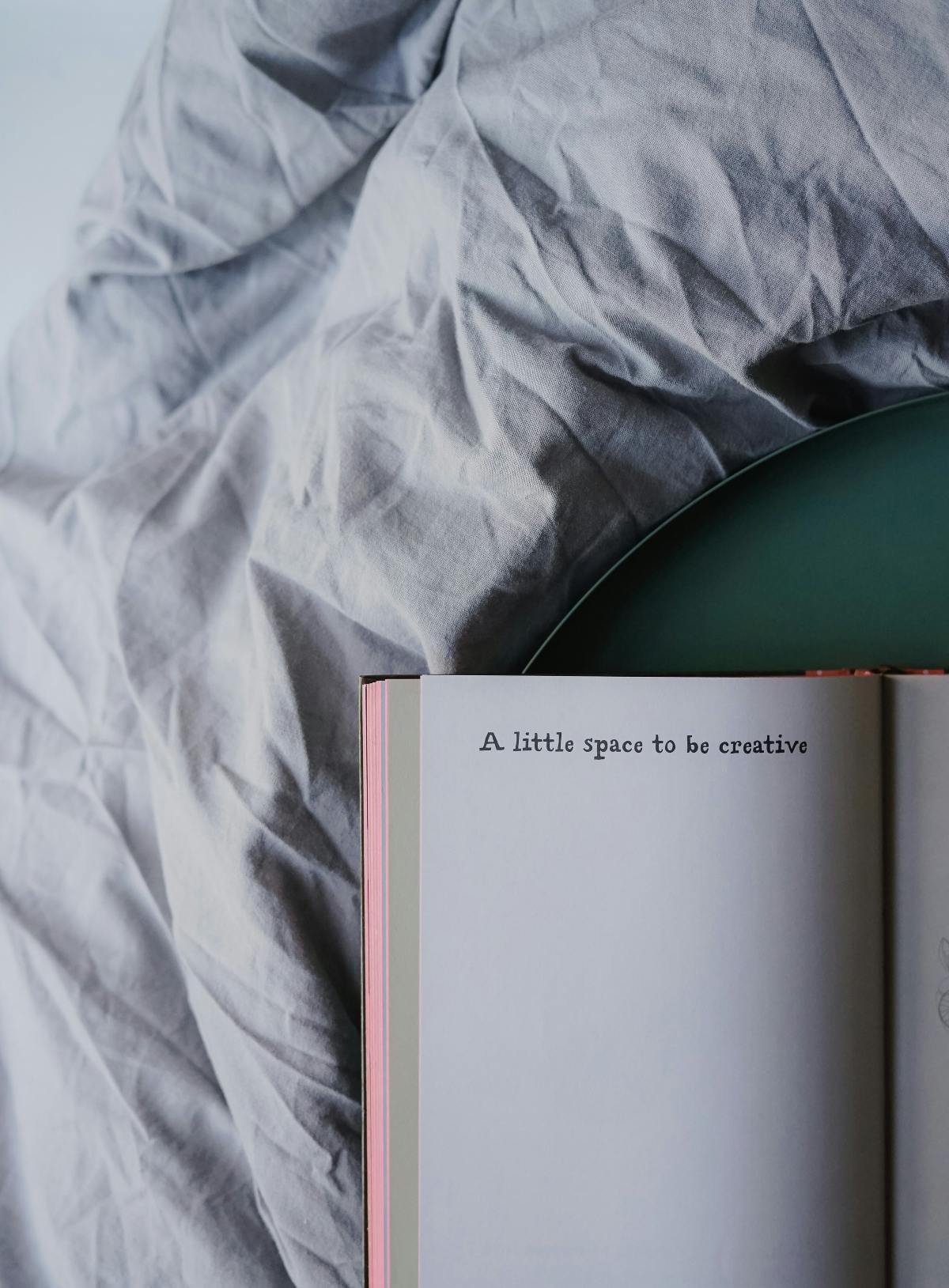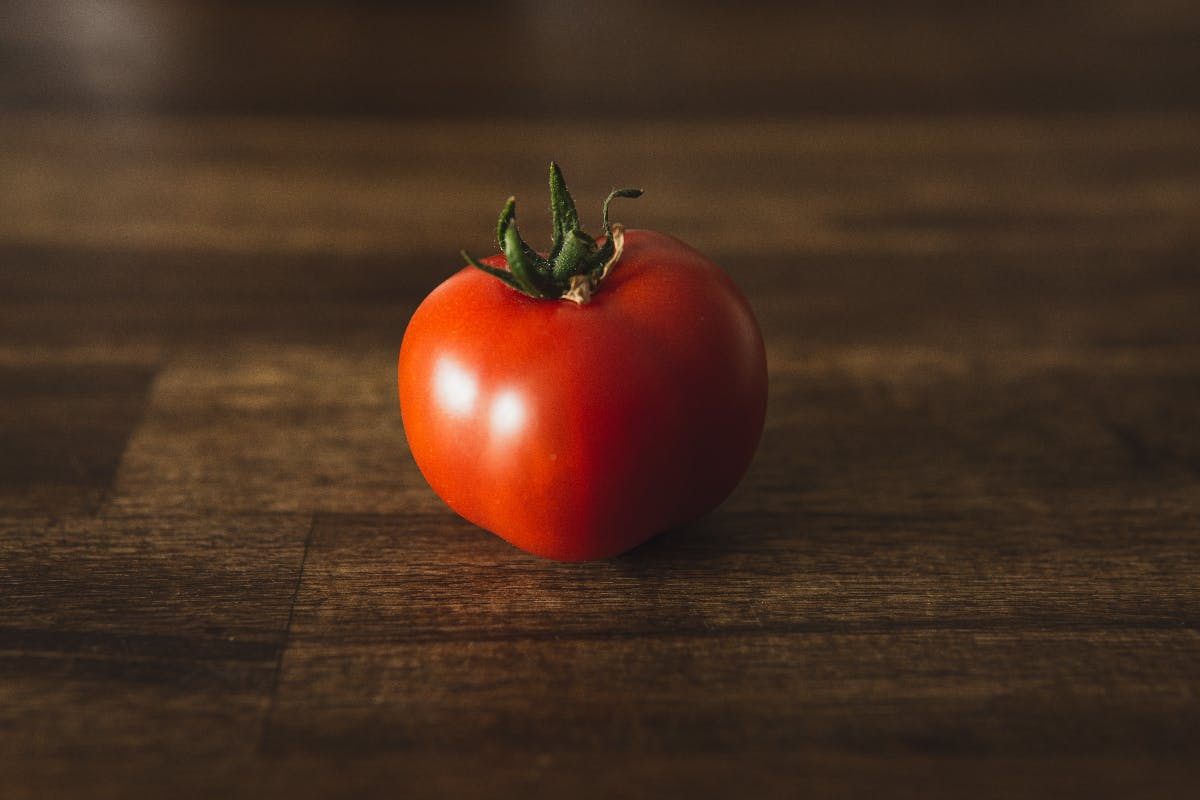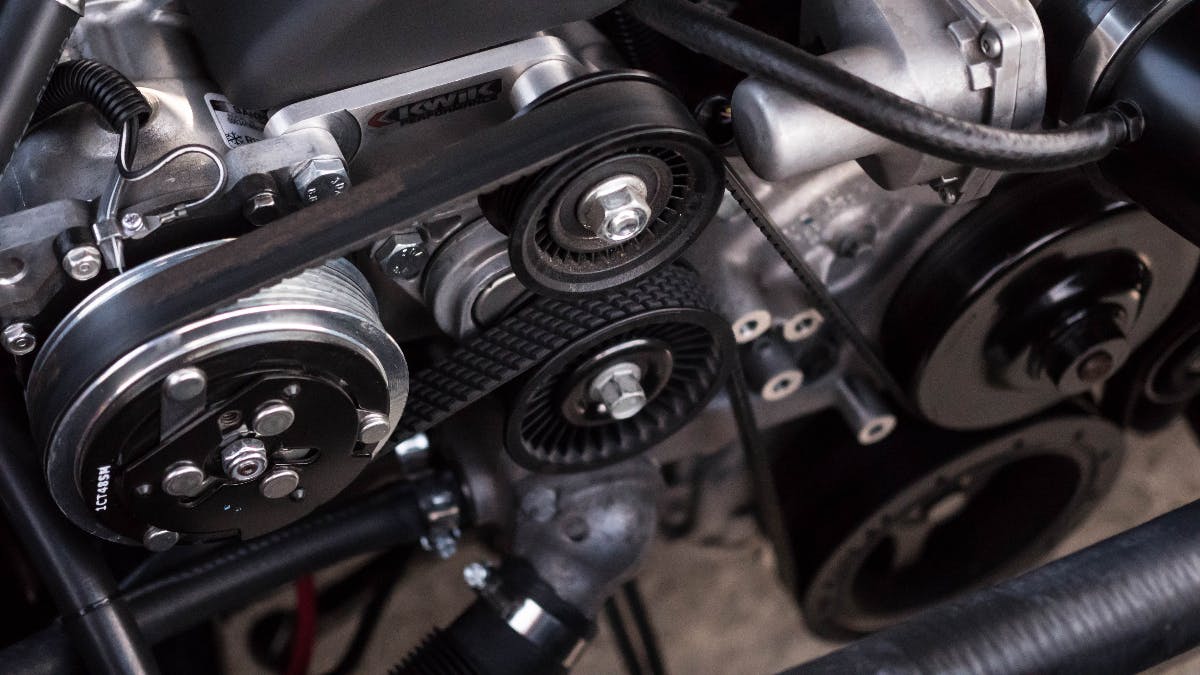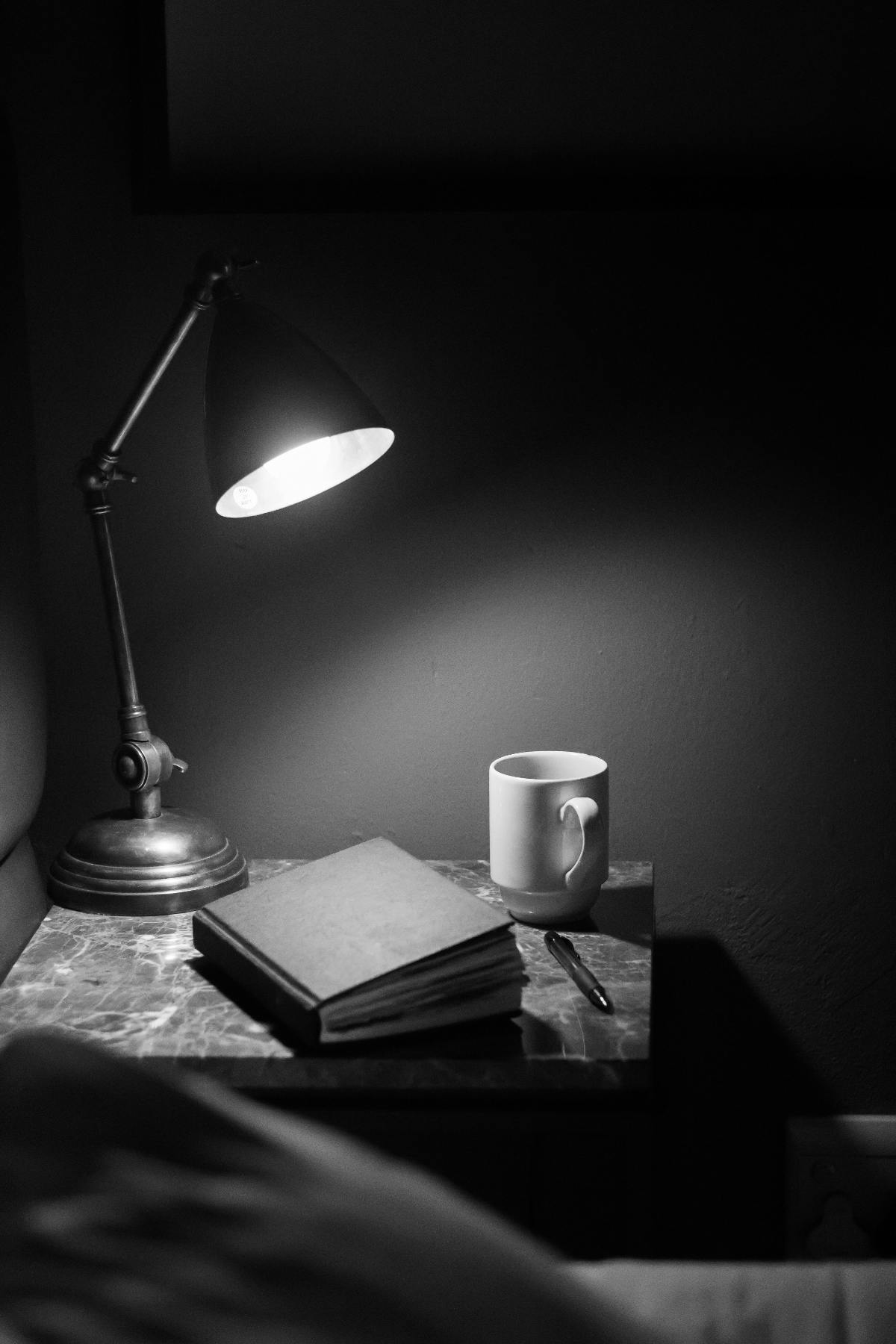
If you’re struggling with blockage or walls in your creative life, all this do, do, do isn’t going to help. Forcing more and doing more doesn’t leave time for the creative mind to get a handhold. As we’ve discussed in previous blogs about creativity, it takes time. You take time to go to the gym to get in better shape so your body doesn’t fall apart; your creative muscles also need time.
This is a fast-paced world. Internet and smartphones, social media and business, everything moves quickly. You ask someone, “how are you doing?” and most of the time, they answer “busy.” Heaven forgive you if you’re caught not being busy, if your calendar isn’t jam-packed with work and meetings, events, and commitments. If your weekend isn’t planned to the edges, who are you?
There are commercials for products and services that claim to help you get more done, so you have time to get more done, which leaves you open to having more things to get done. It is an endless cycle that even the rats have thrown up their hands at and said, “fuck it, I’m out,” too.
If you’re struggling with blockage or walls in your creative life, all this do, do, do isn’t going to help. Forcing more and doing more doesn’t leave time for the creative mind to get a handhold. As we’ve discussed in previous blogs about creativity, it takes time. You take time to go to the gym to get in better shape so your body doesn’t fall apart; your creative muscles also need time.
One of the best things you can do to help your creative brain flourish is to slow down. Another great thing for the creative muscle is to observe. These two ideas, slowing down and observing, are what we will focus on in this article.
Slow Down
When you tell someone to slow down these days, they usually say they can’t; there’s too much to do and not enough hours in the day; I have to wear two watches because I never have enough time. When you ask how will they get it all done, the answer is multitasking.
Ah yes, the myth of multitasking, The idea that you can do twelve tasks at once and none of them will suffer. If you genuinely believe that, you’re sadly mistaken. And, if you think you can throw in time to ignite your creative muscles while you’re on the phone with a client at the same time dashing off a quick email to your kid’s teacher, while running through your calendar to plan a date night with your spouse, again, you’re sadly mistaken.
Getting your creativity into fighting shape takes time and your full attention. Now, don’t panic; this doesn’t mean you have to leave society and cloister in a cell living monastic for ten years just to be productive in a brainstorming session. You need to take time in your day and pay attention exclusively to something that will help your creative muscles get activated.
To do this properly and achieve lasting results, you need to slow down.
Observe
In 1994, the first smartphone arrived on the scene. IBM’s Simon was the first device to feature apps and a touchscreen; thus, it is considered the world’s first smartphone. From there, we saw phones with no external antennae, color screens, full qwerty keyboards, 3G, and on and on.
The smartphone revolution also brought about the slow crawl toward the demise of observation. We, as a species, stopped looking around and started looking down. Now, this will not be a diatribe of the evils of smartphones and cellular technology. I’m not going to set up my mobile font porch and yell at all you kids and your technology to get the hell off my front lawn. I am merely making an observation.
With a smartphone, apps, TV shows and maps, and everything available on that screen in our hands, we’ve stopped looking around and taking in the real world in favor of looking down and getting lost in the virtual world.
For all its good and convenience, a smartphone puts distance between you and the real world. We’ve stopped observing the world around us and started relying on the screen before us to tell us what to do, see, think, eat, etc. But, observation is one of the critical building blocks of creativity.
People watching
There was a time when sitting on a bench, in a public forum, and just watching people as they passed by was a thing. People watching, another bit of collateral damage brought about by the ubiquity of the cell phone, is not only a great way to slow down and observe, but it is also therapeutic and educational.
Discreetly observing how people handle life, walk, talk, physically interact with the world can tell us a lot about ourselves. We can learn about social interactions and life by taking ten minutes, sitting, sans cell phone, and observing the people around us. Observing, as we did as children, helps develop critical thinking skills.
As for creativity, while watching people and allowing the imagination to run wild, you can create lives, scenarios, histories of those people. The way a person walks, slump-shouldered as if they are carrying the world on their back. The way a woman constantly moves, her head bobbing and weaving, she looks like a chicken. Making connections in the imagination from what we observe is a great way to open up creative channels.
You can create lives and stories about people by watching them and how they interact with others, with the world around them, and themselves. We can also learn about ourselves through observation. You see someone on their phone in the middle of a crowded street; suddenly, they stop and start yelling into the phone. They are fighting with a boyfriend or girlfriend, using very strong language and revealing deeply personal things, oblivious that a thousand strangers are now privy to this conversation. We may laugh at that, mock that person, but we will also quietly wonder, do I do that?
Observing allows us to ask the questions that spark creativity and creation. Questions such as, I wonder why they walk that way? I wonder why he shops there? I wonder how those two met? I wonder what that relationship is about? And so forth. These questions are the start of ideas, scenes, stories, characters, and self-observation. All of which are gateways into the creative mind.
Now what?

Get a Journal
One of the best ways to slow down and give your creative brain some attention is to use a journal. I know what you’re thinking; like a diary, my teenage daughter has a diary, and it’s filled with boy bands, hearts, and unicorns. To which I respond, well, she’s in good company.
Here are a few people who have used journals:
- Leonardo da Vinci
- Frida Kahlo
- Marie Curie
- Mark Twain
- Thomas Edison
And that is a fraction of a fraction of the list.
Journaling, writing things down in a book or a pad of paper consistently is good for several reasons.
- Sharpens memory
- Focuses thought
- Improves mood
- Cultivates mindfulness
- Reduce stress
- Promotes creativity
- Improves observation skills
- Slows you down
People's main concern about writing in a journal is, “I have nothing to write.” Followed by, what I write is just stupid. And then, people will think I’m insane if they see the stuff I would write.
These worries make sense, especially in a social media-driven society. People attack, judge, destroy, and compare each other on social media, and it causes problems. So, the fear is real, but not to worry.
You’re writing for you
From the start, what you write in a journal is for yourself. It is not for the general public; it is not for a grade or validation. You are writing just for you. Your thoughts, ideas, observations are for you and for the simple act of slowing down and helping your creative muscles to work.
If you think you may want to show your journal to someone, stop; don’t that will mess with the flow and freedom of the work. If you’re writing with the idea of sharing it in the back of your mind, you’ll edit, judge, stop, and the point of journaling will go out the window. Write for you and you alone. Secret, private, personal.
Make time just to write
The hardest part isn’t the writing; it is finding time, putting aside time to start.
When you first start journaling, you want to get yourself writing; it doesn’t matter what you say, it doesn’t matter if you spell it correctly if it makes sense; just start the act of putting aside time every day to put pen to page.
When journaling, it’s best to use pen and paper; yes, you can do an online journal. There are apps with time settings and subject hints, and yay, you wrote today prompts. That’s all distraction. All you need is you, a pen and page and maybe a timer. Just sit down and write.
When you start, give yourself an achievable goal. Write for five minutes. Yup, that’s it, five minutes. Set your timer and put pen to page, start writing, and don’t stop for five minutes. Do that for a week, and you’re on your way.
Employ the Pomodoro Method
Once you’ve written for five minutes a day for a week, slowly increase your time—six, seven, twelve minutes a day. Be careful; you don’t want to spend hours and hours writing, then it becomes a chore, and you’ll burn out. I suggest the Pomodoro Method.
Francesco Cirillo, the creator of this here method, posited that people are creative for only twenty-five-minute bursts. He suggests you get a timer, set it for twenty-five minutes, and power through. Stay with it, push yourself for that short time, and then give yourself a well-deserved break. But why is it called the Pomodoro method? Well, it’s called thus because Francesco used a tomato-shaped timer to clock his twenty-five minutes. And, as Francesco is Italian, the Italian word for tomato is Pomodoro.

What do you write
The answer is … whatever comes out of your head. There are no rules, and since no one will read this but you, you don’t have to worry about structure, sense, punctuation, grammar, none of it. Just write. If all you have is I have no idea what to write, just write that for five minutes, and you’re done.
Do not try to write a story or a poem or play; if those happen later on, great, but at the start, you're just teaching the muscles to put time aside and write. Do not judge, DO NOT EDIT, just write.
As time goes on, you’ll have stuff you’ll want to write about or on. You’ll take your slow down, observation time, and maybe write about that. Trust that as time passes, it gets easier and more accessible. Eventually, your journaling time will be rejuvenating mental vacation, and you’ll look forward to it.
A challenge
Okay, so you’re working the creative muscles, you’re slowing down, you’re opening yourself up to better observation, maybe you’re setting aside time to people watch, and you’re journaling. All of this is just fantastic.
Add these two challenges to your creative journey,
Observe Now
Observe how much easier it is to slow down and what you observe. Also, observe how much more fluid and easy your journaling becomes over time. Observe how much longer you actually want to write instead of what you have to write. Observe how much more you see in the world, the office, the people you work with, the random sideshow of humanity on the streets. Don’t judge it, just acknowledge that you’re becoming more perceptive, more interested, and how does that affect your creative mind.
And now the hard one.
Put your phone down
Easy, easy, breathe, get a paper bag; I know this is a tough ask, but stay with me; it will be worth it.
Here's the challenge:
If you’re sitting somewhere and you pull out your smartphone to take a picture, stop. Instead of taking the picture, think about why you wanted to take the picture, what emotions you were feeling, and write about it instead.
Keep the memory, as since you started journaling, your memory is sharper, and write about it in your journaling time. Write how you felt, why you wanted to take the picture, what the picture was, and so forth. Instead of reflexively pulling out your smartphone, pull out your pen and try to create as accurate a detailed word picture as possible.
This will help you sharpen your observation skills, and you will also be able to add details that your senses will provide. Instead of relying on your phone, trust your memory, observation skills, and imagination.
Now you don’t always have to do this; if you’re on vacation and want to take pictures, that’s great, less time-consuming than writing all your observations in a journal while the rest of the family is on the beach. However, maybe look at some of those pictures in your journaling time and expound on them.
Try to replace one in every twenty pictures with a journal entry. Increase that as you get more comfortable. You’ll never stop taking pictures, but you may see that your photos have better composition and a deeper emotional connection.
There you go, journaling, just one more arrow in your creative quiver. Remember, creativity is a muscle that needs to be worked, don’t just let it lie dormant and then expect it to be fully functional. Take care of it, give the creative engine gas and take it out for a spin, and it will be less likely to fail you.

